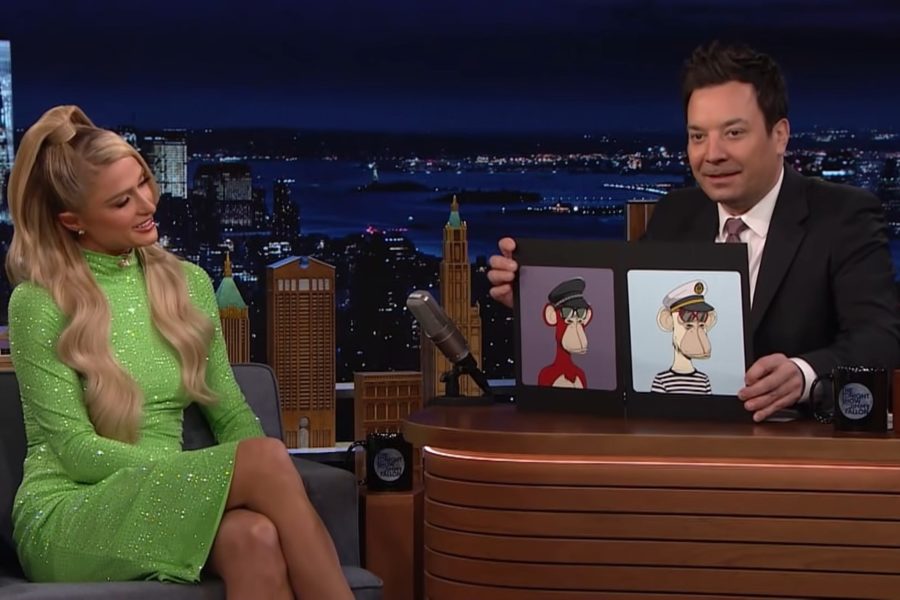NFTs Have Entered Mainstream. Here’s What It Means If They Stay There.
If you’ve been anywhere on the Internet in the past six months, you’ve almost definitely heard of NFTs, the cryptocurrency craze taking pop culture by storm. NFTs, otherwise known as non-fungible tokens, are unique pieces of data that can be bought and sold, and they are paid for with the cryptocurrency Ethereum. They can take the form of anything digital, from photos to videos to audio, but in recent months, they’ve primarily been used to buy and sell digital art. The images themselves, however, are not technically the buyers’ and still can be replicated or distributed across the Internet.
It may be difficult to understand why people keep buying NFTs if they’re nothing more than a link. To explain, some have equated NFT enthusiasts with fine art collectors – even though an image is everywhere, there’s a certain novelty in getting to say that you own the original copy of the image, even if said original copy is digital. Others believe that NFTs are a valuable investment, which isn’t a ludicrous proposition, considering the value of NFTs has been on the rise. However, many are doubtful, believing that NFTs are a fad that don’t have the lasting power to make them a profitable investment.
Even so, what may once have been restricted to the realm of tech-savvy computer geeks is now startlingly mainstream. A legion of A-listers have broken into the NFT scene, with many even launching their own NFTs, including (but not limited to) Snoop Dogg, Paris Hilton, Lindsay Lohan, Shawn Mendes, and Eminem. Most of these ventures were incredibly lucrative, with single NFTs from these launches selling for as much as $1.1 million. Additionally, NFTs have made it possible for many formerly struggling digital artists to make a living from their work.
However, NFTs don’t come without drawbacks – and they are large drawbacks at that. NFTs are undoubtedly reinventing the art world, some say for the worse. Critics contend that NFTs reduce art to its monetary value. The current NFT fever, some argue, places little to no importance on creativity or artistic skill, as variations of many of the most popular (and valuable) NFTs, such as the Bored Ape, can be created in a matter of minutes.
Furthermore, NFTs have a detrimental impact on our environment – and here’s how. Essentially, in order for new cryptocurrency to enter into circulation, it has to be “mined,” and Ethereum, the cryptocurrency used to buy and sell NFTs, is no exception. Cryptocurrency mining is, in essence, a difficult puzzle that a computer has to solve, requiring a great deal of energy. Since they are rewarded for solving these puzzles, miners are incentivized to buy upgraded hardware that requires even more power and emits even more greenhouse gases, which contribute to global warming. In fact, a report from the New York Times stated that minting one NFT could cause the equivalent of 211 kilograms (around 465 pounds) of CO2 emissions.
So how worried should we be about these potentially irreversible effects that NFTs may have on our definition of art and the environment? Will we have to learn to live with these potential impacts as they become a new normal? One can only wait and see.








